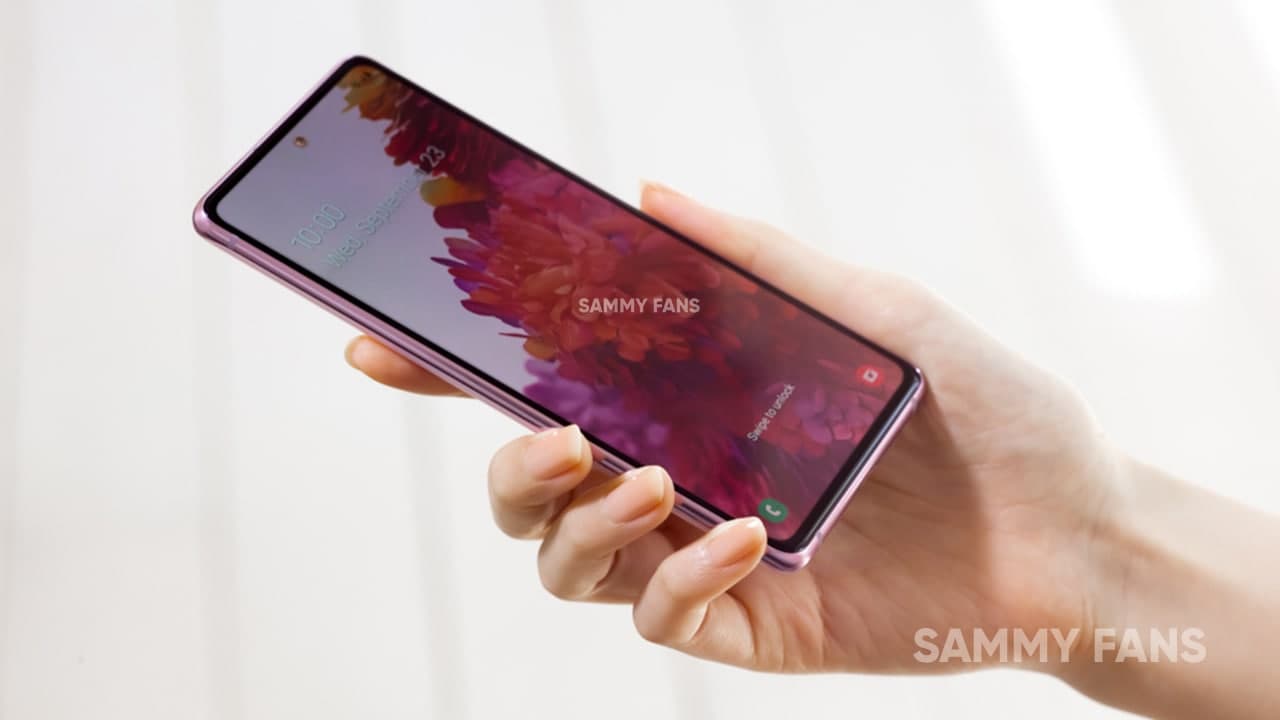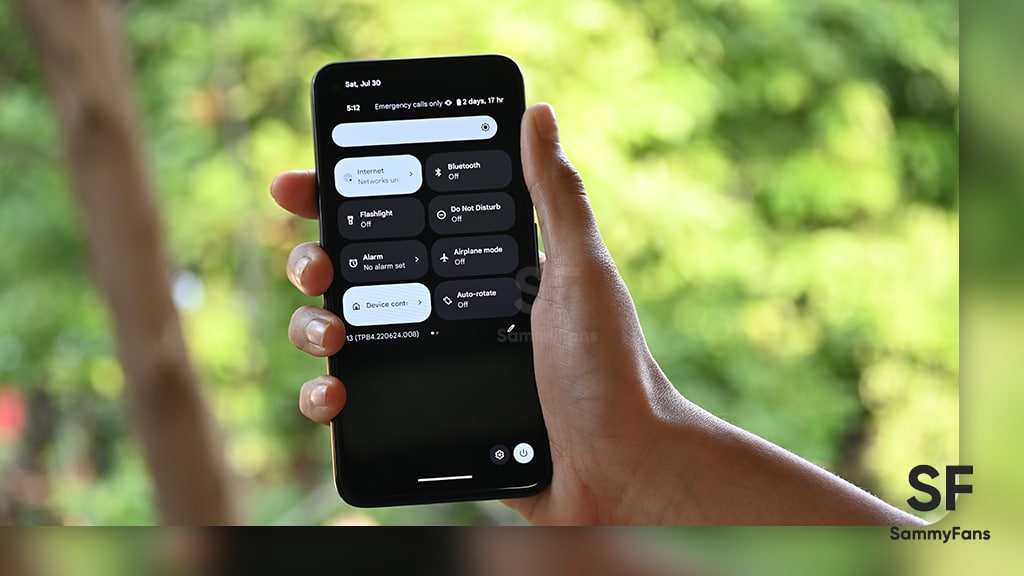Android
Samsung starts Android 11/One UI 3.0 development for the Galaxy Z Fold 2 and S20 FE

Samsung has already started the Android 11 based One UI 3.0 public beta program in several eligible countries including the U.S., South Korea, India, Germany, Poland, and UK. The Galaxy S20 and Note 20 series smartphone owners are testing this One UI 3.0 and moving towards the release of the stable release.
It looks like the South Korean tech giant is also working on One UI 3.0 to launch for the second-gen foldable smartphone, Galaxy Z Fold 2, and also for the recently launched Galaxy S20 FE.
READ MORE: Is your Samsung Galaxy device getting Android 11-based One UI 3.0? Check here

Samsung Galaxy Z Fold 2
A reliable source claimed that Samsung has already started the Android 11 development for the Galaxy Z Fold 2 with the testing software version F916USQU1CTJ5. And the affordable smartphone, Galaxy S20 FE is also testing with firmware version G781USQU1CTJ9.

Samsung Galaxy S20 FE
Previous reports reveal that Samsung One UI 3.0 stable version will start rolling out from November 2020 for the eligible Galaxy smartphone users who are currently running on Android 10 based One UI 2.5.
Samsung One UI 3.0 Features:
With One UI 3.0, Samsung has made some remarkable changes in the user interface and accessibility that can easily reflects on the quick settings panel, settings menu, the app drawer, and other parts of the UI.
Home Screen appears the same but when you open the App Drawer and Recent Apps, the new transparent background will also be found here and more visible. The background of the Quick Settings panel has a semi-transparent blurred background, which increases the overall viewing experience and better highlights the quick setting buttons.
In the notification panel, notifications are grouped to make them easier for you to read at glance. UI of the unlock method such as PIN UI also comes with a dialer with round backgrounds that look very good. The Always-on Display is also improved with One UI 3.0 and now offers better AOD features. One UI 3.0 allows you to set how notifications will show as they arrive.
Check also: Samsung One UI 3.0 Features: Latest, Changed, Improved, and Optimized
Fold2 Android 11 is in development! I’m super hyped for this one.
samsung/f2qsqw/f2q:11/RP1A.200720.012/F916USQU1CTJ5:user/release-keys
— Max Weinbach (@MaxWinebach) November 8, 2020
S20 FE samsung/r8qsqx/r8q:11/RP1A.200720.012/G781USQU1CTJ9:user/release-keys
— Max Weinbach (@MaxWinebach) November 8, 2020
Android
Google unveils Android 16 Developer Preview with exciting features

Google has kicked off the Developer Preview for Android 16, arriving earlier than expected. Usually, these previews begin in February, but Android 16 DP1 is launching three months ahead of schedule this year.
The earlier release of the DP1 is because Google has moved the official Android 16 release from the third quarter to the second quarter of 2025. It aims to ensure that more devices get access to the major Android updates sooner.
Android 16 DP1 is available for several Pixel devices, including the pixel 6, Pixel 6 Pro, Pixel 6a, Pixel 7, Pixel 7 Pro, Pixel 7a, Pixel Tablet, Pixel Fold, Pixel 8, Pixel 8 Pro, Pixel 8a, Pixel 9, Pixel 9 Pro, Pixel 9 Pro XL, and Pixel Pro Fold, as well as the Android Emulator. It can be identified through version BP21.241018.009.
![]()
The Android 16 Developer Preview brings new features for app developers. It brings a system photo picker that will help apps give users a smoother, more integrated way to select photos without needing extra permissions.
Another new feature is Health Connect, which lets apps access and manage medical records in FHIR format, but only with user permission. The update also includes the latest version of the Privacy Sandbox for privacy protection.
This preview program runs from November 2024 until the final public release next year. Android 16 Beta Program will begin in January, with the final stable release expected in Q2 of 2025. Stay tuned for more updates.
Android 16 to make Quick Settings access easier with one-finger swipe
Android
Google’s Android 15 QPR2 Beta 1 update is now available

Google has released the first beta of Android 15 QPR2 for Pixel users. The update can be identified via build version BP11.241025.006. However, users are also waiting for the stable release of Android 15 QPR1 in December this year.
Android 15 QPR2 Beta 1 update comes with the November 2024 security patch. It is available for a wide range of Pixel devices, including Pixel 6, Pixel 6 Pro, Pixel 6a, Pixel 7, Pixel 7 Pro, Pixel 7a, Pixel Tablet, Pixel Fold, Pixel 8, Pixel 8 Pro, Pixel 8a, Pixel 9, Pixel 9 Pro, Pixel 9 Pro XL, and Pixel 9 Pro Fold, as well as the Android Emulator.
Quarterly Platform Releases are updates that bring more noticeable changes and new features compared to the usual monthly bug fixes. These updates are perfect for testing out bigger UI changes or new features that don’t need to wait for a full Android version release.
![]()
The QPR2 Beta 1 is the second major update for Android 15, with the final version expected to launch in March 2025 (via 9to5Google). This update brings the usual bug fixes, security enhancements, and new features to test.
Users participating in the beta program are advised to report any issues via the Android Beta Feedback app, easily accessible through the app drawer or Quick Settings. Install the update now to get an enhanced experience.
Android 16 to make Quick Settings access easier with one-finger swipe
Android
Android 16 to make Quick Settings access easier with one-finger swipe

Google is reportedly going to bring an interesting change with Android 16, which will no longer require two fingers to pull down the Quick Settings panel. Previously, there were concerns that users would need to swipe down with two fingers to bring up the Quick Settings. Fortunately, Google has decided to simplify this process.
With Android 16, accessing the Quick Settings will only require a single-finger swipe down on the right half of the status bar. The one-finger swipe access aligns it more closely similar to other Android manufacturers, like OnePlus and Samsung, have designed their systems.
Several users didn’t like the idea of needing two fingers to swipe down, as it felt more awkward and less convenient. By switching to a single-finger swipe for Android 16, Google will make it easier for users to manage their settings with less effort. A well-known tipster Mishaal Rahman (via Android Authority) spotted the code for this Quick Settings change.

However, the new design still lacks the ability to swipe seamlessly between the notifications and Quick Settings panels. Hopefully, Google will add this feature before the official release.
In addition to the swipe change, Android 16 will introduce resizable Quick Settings tiles and better categorization to help users find specific settings more easily.
However, these features are still being worked on and may not be fully ready in the current beta. They are expected to roll out in the final Android 16 release, which is expected in mid-2025.












